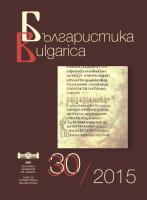
Книги 2014–2015 г.
Selected bibliography in the field of Bulgarian Studies published in 2014-2015
More...We kindly inform you that, as long as the subject affiliation of our 300.000+ articles is in progress, you might get unsufficient or no results on your third level or second level search. In this case, please broaden your search criteria.

Selected bibliography in the field of Bulgarian Studies published in 2014-2015
More...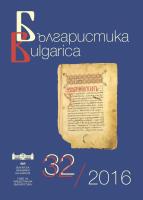
Selected bibliography in the field of Bulgarian Studies published in 2015-2016
More...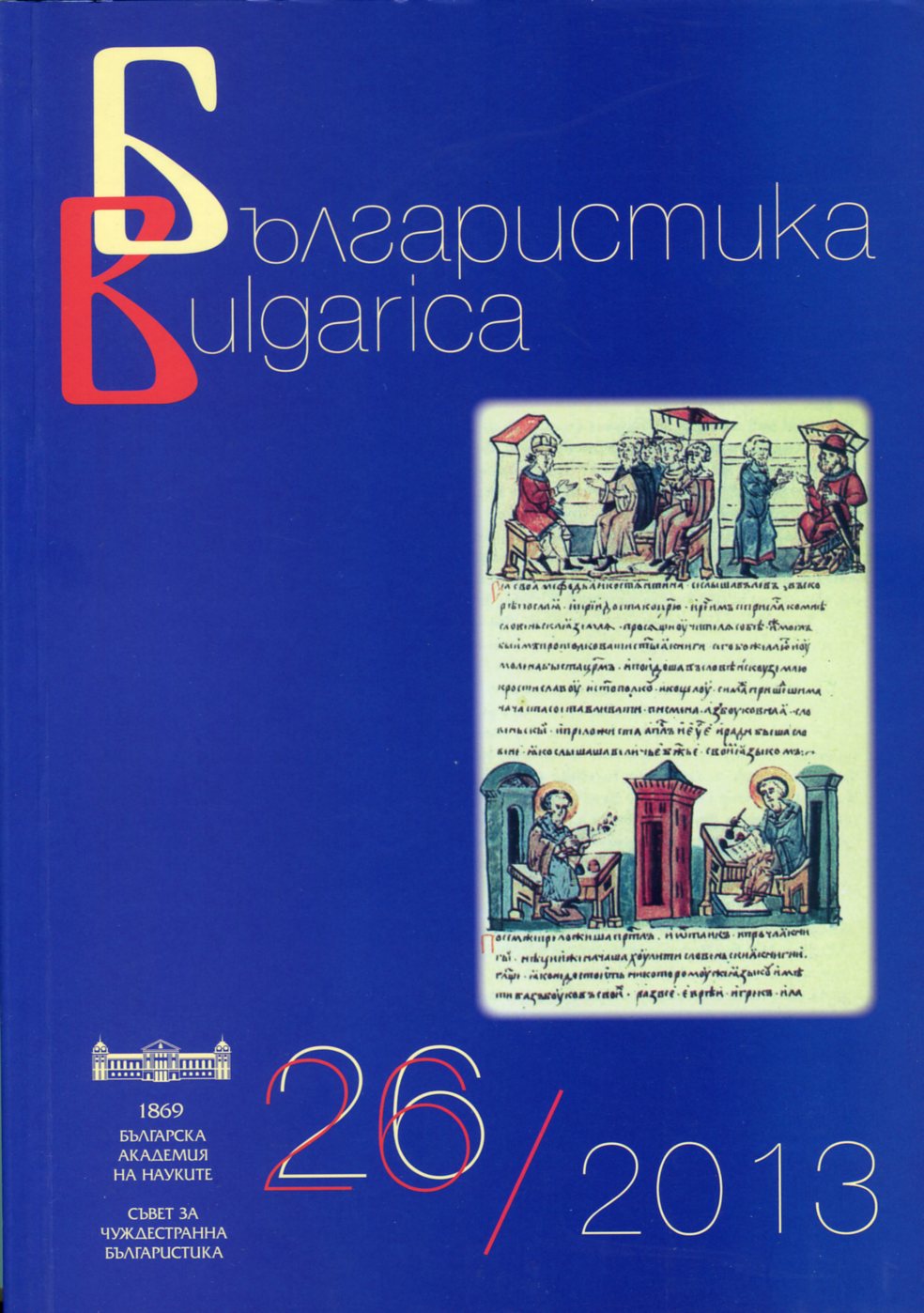
Selected bibliography in the field of Bulgarian Studies published in the current year.
More...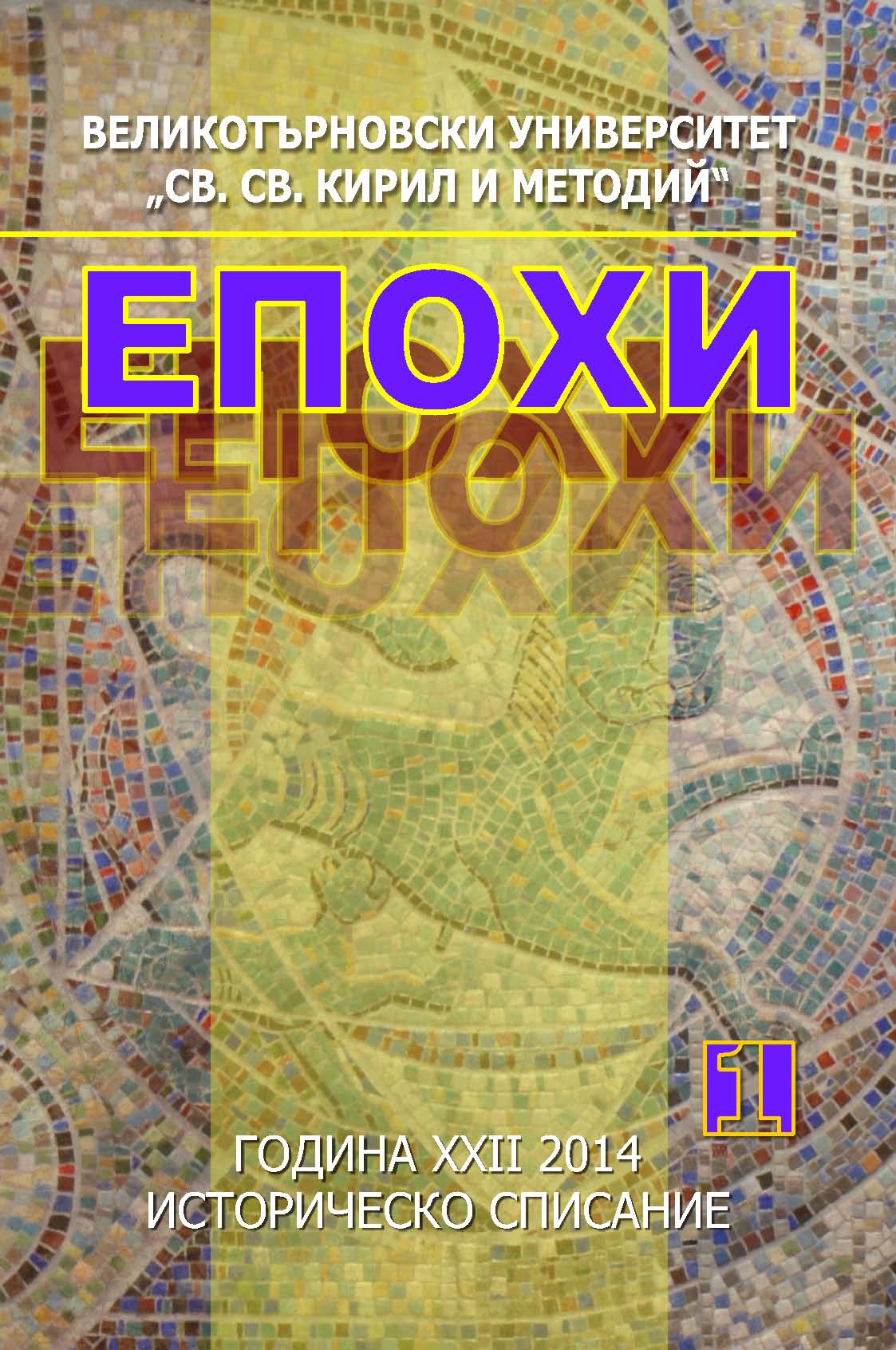
This work is focused on customs and rituals associated with pregnancy and childbirth of inhabitants of 16 villages in Kubrat area. Using the published materials and ethnograpfical materials collected during field work (2007 – 2013) the author reveals in a comparative terms birth customs of various ethnic and confessional groups – Bulgarians, Turks ( Alevi and Sunni ) and Roma ( Christians and Muslims ) . The author compare the rituals connected to infertility , pregnancy, birth and 40 – day postpartum period .
More...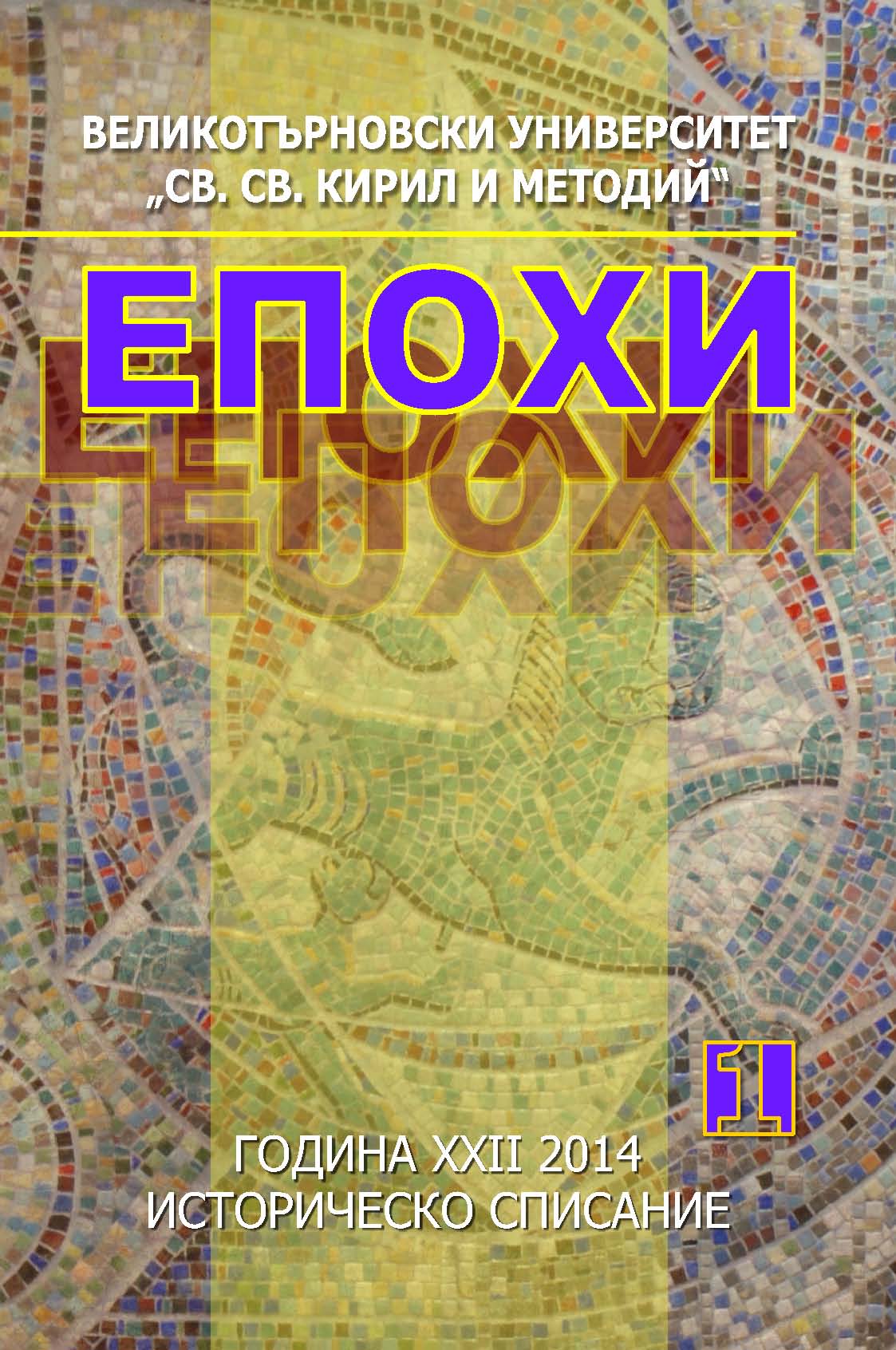
The proposed article is an addition to developing more detailed work dedicated to the development of the Bulgarian ethnography since Liberation to World War II. The review of the studies in the field of Public customary law of the late nineteenth and early twentieth century gives an idea of their chronological development and thematic diversity. Largely research are solicited and facilitated by the systematic methodological guidelines contained in published “questionnaire-directions” for the collection and study of traditional legal customs , to follow European trends and experiences in this regard. To study a particular specified share of the popular social-normative culture are directed primarily specialists in legal education, Odzhakov P., V. Baldzhiev, St. S. Bobchev and others, whose work impresses with its scientific approach to withstand attempted systematization, interpretation and evaluation of the material covered. Along with them during the period relevant publications on Bulgarian common law traditions leave D. Marinov, K. Shapkarev, St. Shishkov and others. This paper examined the research and collecting individual contributions of these authors that enrich the scientific literature and help to expand the thematic scope of the Bulgarian ethnography in an essential and dynamic period of its development as a scientific discipline.
More...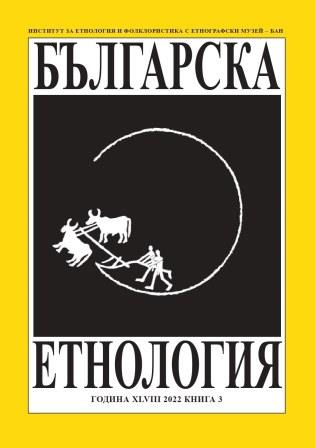
The present study focuses on the labour mobility and settlement of Bulgarian citizens in Siberia and the Urals in the period between 1980-2022. The Bulgarian community in the city of Surgut, Tyumen region, is cited as an example. The research is based on archival and field materials and was conducted in the period from September 2019 – September 2022. It is a part of the research project “Bulgarians in the Urals and Siberia in the 20th – 21st centuries: history, culture, identity”, financed by the “NationalScience Fund” under contract KP-06-Russia-2 – 27.09.2019, within the framework of the bilateral cooperation program Bulgaria – Russia (2018 – 2022).
More...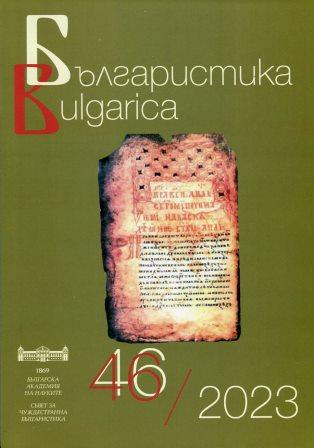
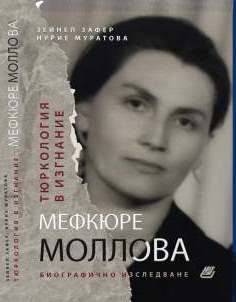
Mefküre Mollova was the first Turkish woman and university professor in Bulgaria, who defended her Ph.D. thesis in the field of turkology and gained international fame for her research. She is the author of over 150 publications in prestigious international journals that continue to be cited today. Mefküre Mollova was among the founders of the Turkish Philology at the University of Sofia. She had worked for only about 7 years (1953-1961), when she and her husband were dismissed from their academic positions on false claims, and the Department was closed. She remained outside the academia until the end of her life.
More...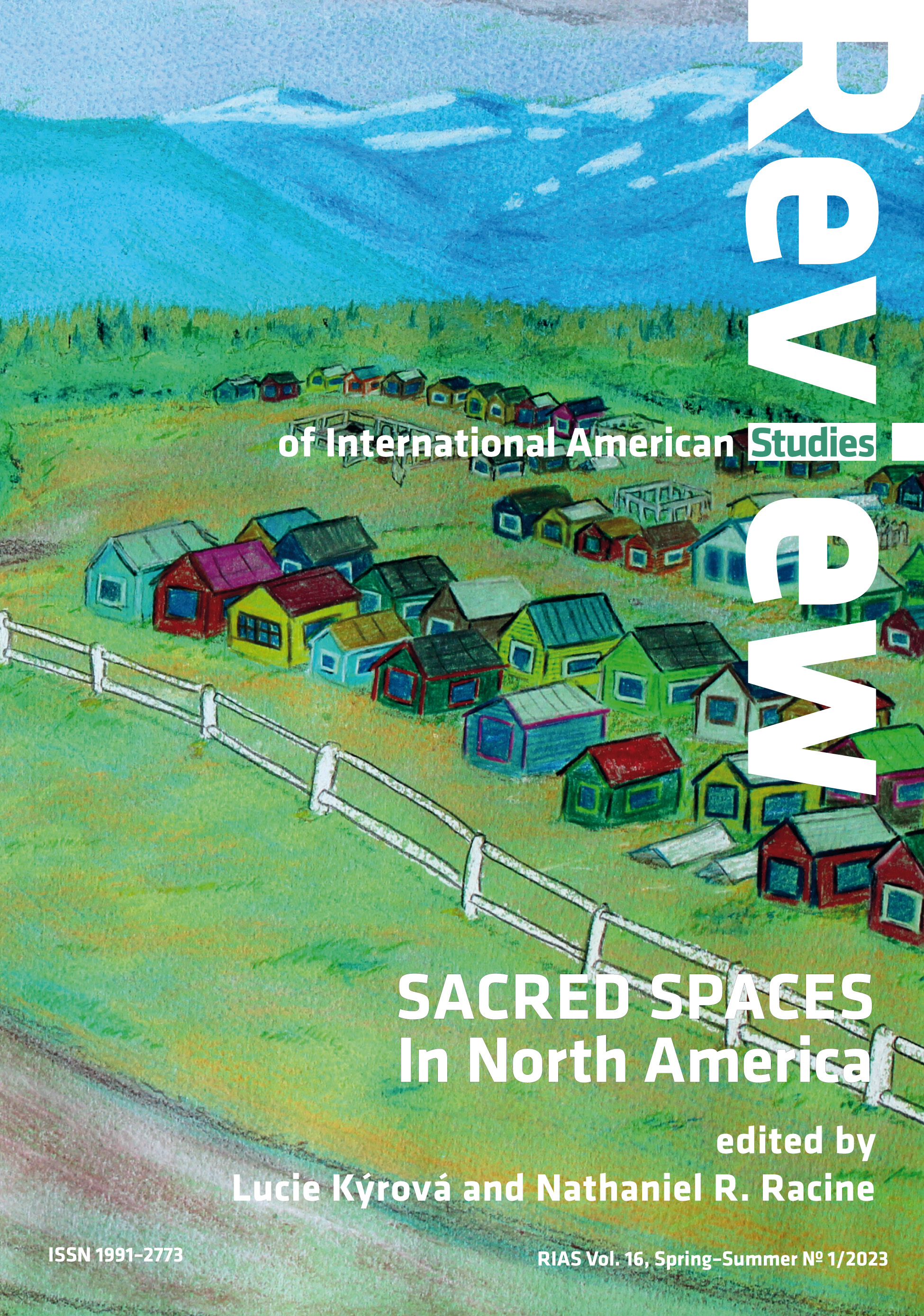
Moundbuilding was a preoccupation for the original, Indigenous occupants of the eastern portion of North America for at least six centuries. Approximately two millennia ago, the inhabitants of a broad swath of land primarily east of the Mississippi River and extending from the gulf to the Great Lakes, engaged in the production of conical, geometric, and effigy shaped earthen mound constructs. The efforts, from small to monumental, reflect a precision, often reflecting astronomical phenomenon. The proliferation of mounds and astronomical focus suggest the moundbuilder cultures privileged these activities, they had purpose. Today many remnants of these extraordinary efforts remain despite the systems of erasure that are characteristic of settler colonialism.Two such sites are the focus of this paper on “sacred space”: the Newark Earthworks and Serpent Mound. Both sites are short-listed for UNESCO World Heritage status. The Newark Earthworks as part of a larger package referred to as “The Hopewell Ceremonial Earthworks” and Serpent Mound is a stand-alone nomination. The names of the sites are exemplary of the “logic of elimination,” central to settler colonialism in the Americas (Wolfe). Newark, Hopewell, and Serpent all names given by dominant culture with no relation to the Indigenous architects and builders. They endure and resist, despite a long and complicated history of dominance. While the focus of this paper is on contemporary contestation surrounding the sites, this paper begins with a close description of the sites and offers a brief overview of contact. This historical contextualization serves to demonstrate the ramifications of settler colonialism, which ruptured connections between Indigenous people and this land while simultaneously reinterpreting the sites as distinctly American. This lays a foundation for the web of narratives refashioned and recirculated in today’s contest over World Heritage status. Central to these narratives is ascribing the label of “sacred” to the sites. The vast number of constituents who claim a seat at the table regarding “ownership” and a voice regarding the sites is astounding. These include governmental agencies from the local to global, historical societies, Native peoples, academics, golfers, and small pockets of the public. Into this mix we can include those with religious/spiritual claims such as the Mormons, new-agers, fundamentalist Christians, and contemporary Native tribes. Many of these stakeholders have come together to work toward the coveted World Heritage Status. But, if and when it happens, whose story will dominate, who will make decisions, which voice will be heard?
More...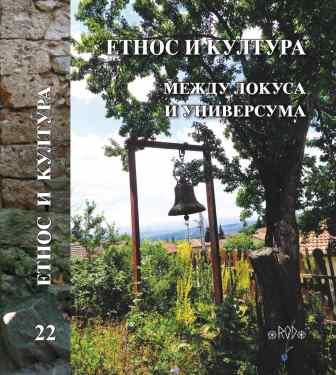
The current text continues the observations on the contemporary memorial practices, and more specifically – on the so-called “Denkmalarbeit” process. The idea of the “Contemporary Memorial Practices in Germany” series is based on the hypothesis for immanently inherent in German society guilt, represented in this particular case by means of numerous monuments of one of the oldest and highly organized communities in Germany – that of the miners. The topic of guilt, albeit indirectly, is present in the general complex of socio-cultural patterns associated with the image of miners as heroes, angels, upholders of the German economy and industry and, in this sense, saviours of society from economic dependence and ruin. Guilt regarding labour, hard work and the sudden, dramatic death forms a specific notion in the process of creating monuments – the miners carry their burden voluntarily (although their decision is predetermined by the social-economic force), sacrifice their lives – “fallen during/remain on their labour station” during “the faithful execution of their duty”, while society transforms the ordinary death into “a sacrifice” and preserve the memory for the executed public duty. The specifics of the “Denkmalarbeit” process, manifested not only through large number of monuments, but also through the search of new forms (memorial and contra-memorial) for overcoming public 210 guilt, multiplied in various aspects (Holocaust, witch and deserters’ trials) produces more and varying forms of memory, turns into a resource and a catalyst in the process of forming cultural heritage.
More...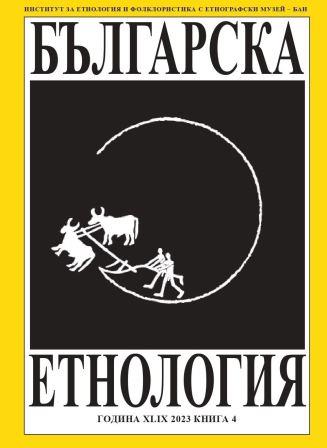
The present study focuses on the relationship of the Bulgarians in Bessarabia with Bulgaria. These relations of the Diaspora with the metropolis are examined in the text through the prism of a museum object: a Gospel from the collection of the Regional Archaeological Museum – Plovdiv. The authors focus the analysis on museology as a methodology. Some approaches to the study and interpretation of the facts from Bulgarian and foreign authors with extensive experience in the study of museum objects and collections are also examined. In general, the study offers a detailed analysis of the informational potential of a museum object in order to trace the relationship of the Bulgarians from the village of Banovka in Bessarabia (today located in Odesa Region – Ukraine) with their compatriots in the village of Chehlare, Plovdiv region during the second half of the 19th and the beginning of the 21st century.
More...
Georgian ecclesiastical hymns and folk songs are perceived within one musical language. However, the stylistic palette of Georgian song is more diverse than that of generally more regulated chants. Nevertheless, Georgian church chants made a significant contribution to the development of expression techniques of Georgian folk music tradition. Apparently, This tendency was more manifested in the following directions: • Increase in the melody volume and centonization principle (linking the phrases) in the songs; • Differences between Acharan and Gurian songs through the Prism of changing religious situation; • Structural and dramaturgical proximity of Svan hymn-like songs and mourning song “Zari” to church hymns; • Similarity of “ghighini”, festive hymns and some merry songs, as well as “live lie” songs with church hymns; • Modal mode and parallele voices in para-liturgical hymns and folk songs.
More...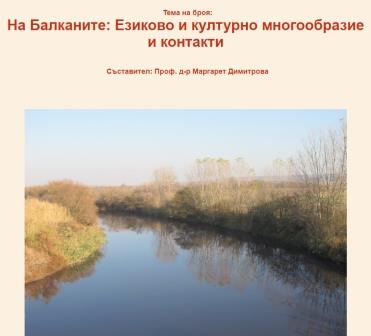
This paper approaches the naming word order in Bulgarian dialects from different regions of the country and from Bessarabia. In these dialects, the family name is placed first, then the father’s name follows, and the given name stands at the end. The author supposes that this phenomenon has appeared in the Bulgarian dialects under Greek and Turkic influence.
More...
This paper concentrates on the analysis and publication of personal names in the large Bulgarian village Dogan Hisar (Greek: Aisymi) in district Dedeagach (Western Thrace) culled from documents for 1906-1907. The data are taken from lists of the Bulgarian Exarchate dating from the early twentieth century. Statistical data on the age, education and employment of local Bulgarians are presented. A complete list of the population of the village of Dogan Hissar is provided.
More...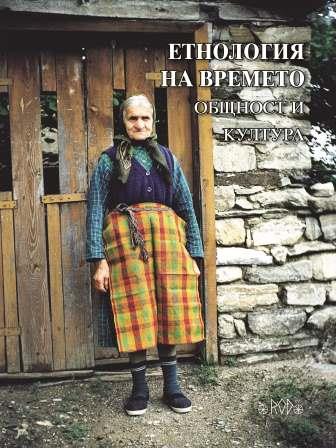
This text analyzes – from ethnological viewpoint – a relatively short period of the history of Bulgarian ethnos, and in particular of the citizens of the town of Samokov and Samokov region. This is the period between the end of Kurdzhali genocide and (the second decade of the nineteenth century) and the Liberation of Bulgaria through the Russian – Turkish War in 1877–1878. This was the period (about half of a century) when the the Bulgarian folk religiosity was developed in a form in which it was recorded in the twentieth century. The author discusses the following characteristics of the local religiosity: The Theotokos (Virgin Mary) rules “the town of the alive,” while St. Nicolas of Myra rules “the town of the dead.”In local churches, the icon of the patron of the church is placed on the iconostasis on the right side of the icon of Jesus Christ and not on the left side of the Theotokos in contrast to the usual arrangement of the icons on the iconostasis.An important element of the celebration of Easter is that the believers visit the cemeteries immediately after the priest announces, “Christ is Risen!” The grouping of the patrons of the churches in Samokov ethnoregion is clearly expressed.
More...
The article explores contemporary tendencies in the art world that incorporate elements from various spiritual practices and customs to reinterpret cultural identity and community. This analysis focuses on the methods by which filmmakers and theatrical creators embed mythological and ritualistic elements into their narrative structures to reach deeper levels of perception and stimulate the audience’s imagination for reconsidering existence in a new context.
More...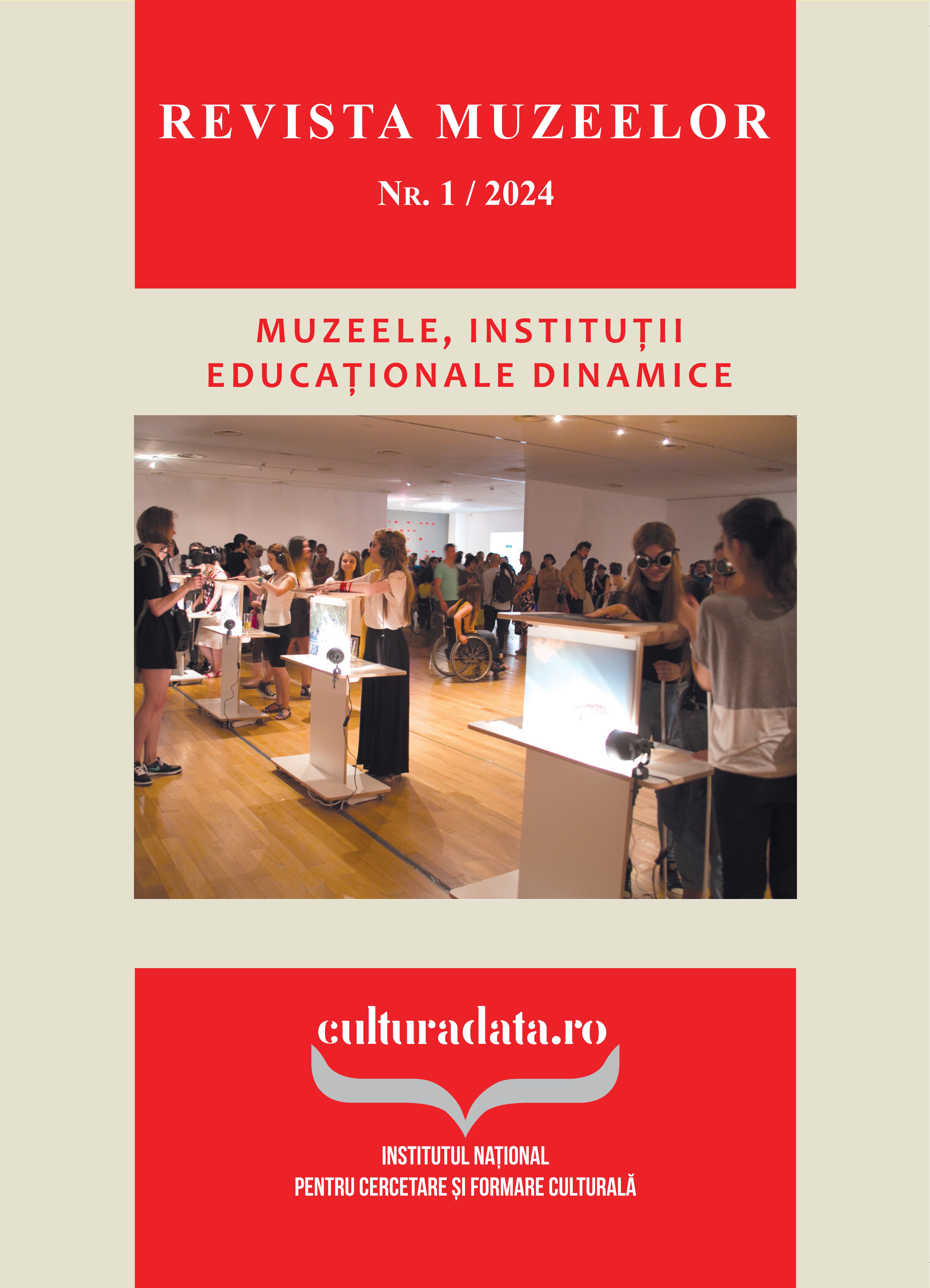
Calls for restitution and provenance research over colonial objects have embraced museums globally. The two theoretical undertakings complement one another. Governments, heritage institutions and individuals are reviewing the provenance of their colonial collections and returning them to descendant communities. Widely publicised return undertakings and ceremonies attest to this. Scholars and curators have revolutionised their thinking, approaches and writings with an intent to decolonize narratives associated with the colonial holdings. Conversations through seminars, conferences, workshops and political statements complement the efforts. However, the returns are usually presented as voluntary gestures, driven by morality, redress, equality, correction of colonial wrongs and calls for human rights. This article argues that there are also legal obligations as evidenced by developments in Europe and America today. The article methodologically interrogates three intertwined subjects: 1. the current state of affairs with Africa’s colonial heritage; 2. the customary laws on collective ownership of heritage by communities as a contributory catalyst to the migration of heritage; and 3. an ignored factor in the quest for repatriations and the development of national legal structures by states that hold colonial objects. The argument is that these should be balanced; the returns are not only based on morality and goodwill by hosting states, but are also enforced by legal obligations. The paper further argues that all stakeholders should be taken on board in provenance and restitutions, particularly the descendant communities, their wishes and customs. These present as part of ‘best museum practise’ and the decolonization narrative.
More...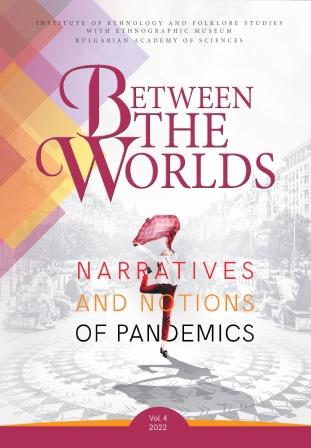
In the focus of the article are the stories of three Bulgarian women who moved back to Bulgaria in the period 2020-2021, influenced by the pandemic of COVID-19. The ethnographic study was done in October-November 2021, exploring return migration and self-identification processes among Bulgarian returnees within which, in these three particular cases, COVID-19 is given as the key trigger for the return or the permanence of the return. The stories are interesting because they elaborate on the correlation between the emigration motives, migration stories, return motives, and the self-actualisation of the women upon return, synthesising one core motive for their return – caregiving. The complexity of return decisions is typologised around the three objects to which the caregiving is addressed – the personal, extended, and larger family, seen as a community/country. The article concludes that return could be explained as a mix of the women’s responsibility to closer or larger circles and structures and triggered and initiated by the COVID-19 pandemic through their strong female will and agency.
More...
Conspiracy thinking has always been part of our lives, but nowadays, it is almost the default way of understanding the world. When the disease associated with the Severe Acute Respiratory Syndrome Coronavirus 2 (SARS CoV-2) emerged, causes and culprits were sought and found wherever the public imagination perceived a concentration of power and resources. Conspiracy theories about the virus’s origin as a bioweapon, the 5G technology connection, the ongoing plans of a New World Order, or Bill Gates’s scheme to microchip everyone with the COVID-19 vaccines became extremely popular around the globe. The paper discusses the conspiracy ideas and notions of the COVID-19 pandemic on Bulgarian social media, where they circulate in interactive conversational contexts via verbal texts, shared links, or images. It focuses on the local reception and interpretation of globally spread conspiracy narratives and their use to articulate underlying political, social, or public healthcare problems. The Facebook discussions examined here – respectively expressing COVID-19 scepticism (from April 2020) and COVID-19 vaccines/vaccination criticism (from April 2021) – are interpreted as discourses of distrust and perceived corruption in at least three major public spheres: the professional media, the political establishment, and the healthcare system.
More...
The purpose of this article is to present, in the form of lexical notes, particular cases of popular etymologies in plants and to highlight the adaptation and effective use of plant names that proves to be appropriate, well circumstantiated, taking into account their subodoxastic knowledge in this semantic relationship.
More...